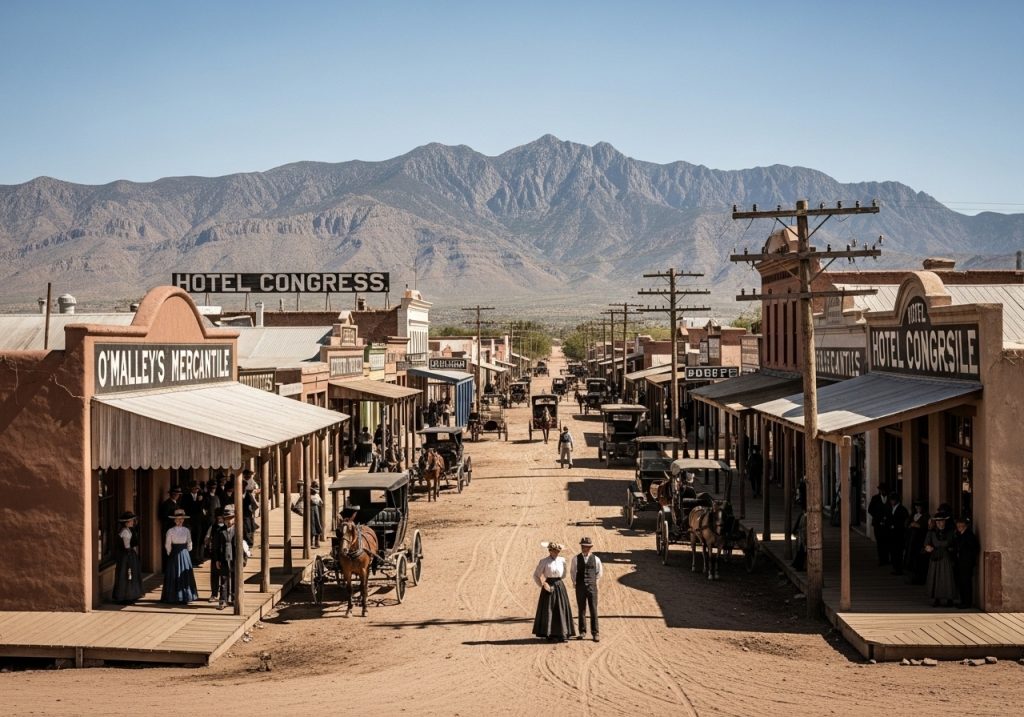Early History of Tucson, Arizona
Prehistoric Roots and Indigenous Heritage
Long before Tucson became part of the modern United States, the region was home to a thriving indigenous culture. Archaeological evidence suggests that humans have lived in the Tucson area for more than 12,000 years. The earliest known inhabitants were part of the Paleo-Indians, who hunted mammoths and gathered wild plants. Over time, these early settlers evolved into the Hohokam culture, which flourished from around 200 to 1450 CE. The Hohokam people were remarkable for their advanced irrigation systems—elaborate canals that brought water from the Santa Cruz River to their farms in the arid desert landscape. They built villages, ball courts, and platform mounds, and engaged in extensive trade with other indigenous groups across the Southwest and Mesoamerica.
After the decline of the Hohokam, the area saw the arrival of new Native American groups, including the Tohono O’odham (formerly known as the Papago). The Tohono O’odham continue to inhabit the region today and maintain a deep cultural and spiritual connection to the Sonoran Desert.
Spanish Colonial Era
Tucson entered the realm of written history in 1692, when Jesuit missionary Father Eusebio Francisco Kino arrived in the region. He established missions in the area and began converting the indigenous population to Christianity. In 1775, the Spanish government formally established a presidio (fortified military settlement) called Presidio San Agustín del Tucson. This marked the official founding of Tucson as a European settlement. The Spanish presence brought new technologies, crops, and animals, but it also led to conflict with native populations.
During this period, Tucson was part of the northern frontier of New Spain. It was a small outpost, vulnerable to raids by Apache warriors, who resisted Spanish and later Mexican encroachment. Despite these hardships, the town gradually grew and became an important stop on the route between Mexico and California.
Mexican and American Transition
After Mexico gained independence from Spain in 1821, Tucson became part of the Mexican state of Sonora. However, its time under Mexican rule was short-lived. Following the Mexican-American War and the signing of the Treaty of Guadalupe Hidalgo in 1848, much of northern Mexico was ceded to the United States. Tucson itself became part of U.S. territory through the Gadsden Purchase in 1854.
In 1863, Tucson became part of the newly created Arizona Territory. It served as the territorial capital from 1867 to 1877. During this era, Tucson was a rough-and-tumble frontier town, with a mix of settlers, miners, cowboys, and Native Americans. The arrival of the Southern Pacific Railroad in 1880 marked a turning point in the city’s growth, connecting it to major markets and encouraging migration and commerce.
